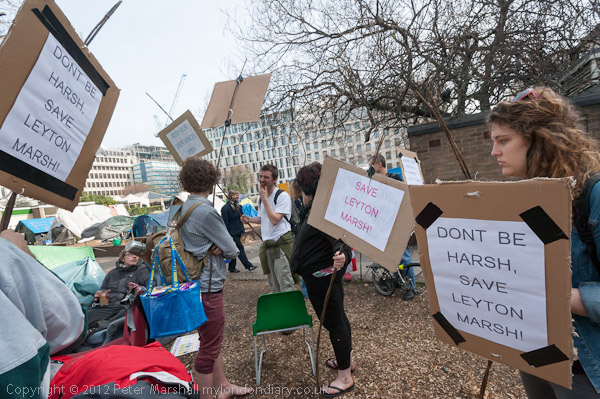
Preparing to leave Finsbury Square for the march to Leyton Marsh
Astute observers reading my account of the Leyton Marsh Olympic Protest which took place ten days ago (and was posted at the time with around half the number of pictures on Demotix) will have noticed the curious omission of what might perhaps have been expected to be the climax of the day, the arrival of the marchers from Occupy Finsbury Square at Leyton Marsh.
I’d seen this as the key moment of the day, and had gone on ahead by bus to Leyton Marsh (my knee was in no state to walk the four miles or so in any case) and had been busy taking pictures of the local residents and the site, and of another group of Occupy protesters who had made it separately (and had got very lost on their way.)
I’d actually left the Marsh to meet the marchers, but had become involved in other things, and when they actually arrived I was thirty years away in my own dream space of when I first visited the area, photographing some of the ways it had changed and completely failed to notice the small group passing by me a couple of hundred yards away. Fortunately a straggler from the march saw me and came over to tell me they had gone past and I hurried with her after them, but was just too late to photograph their arrival at the site.
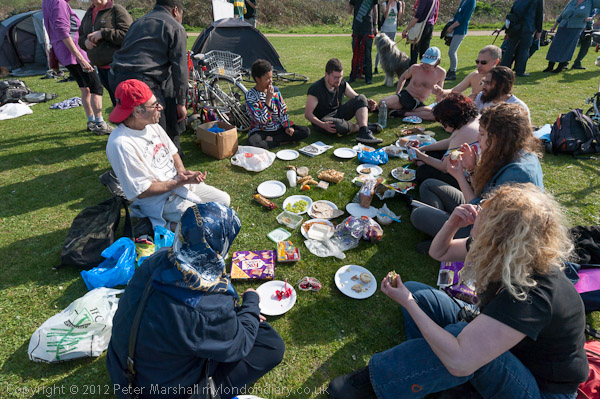
Marchers from Finsbury Square enjoy a picnic on Leyton Marsh
Here are a some views of what used to be on the Middlesex bank opposite Leyton Marsh (which is on the Essex side) but is now occupied by some fairly boring flats and grassed open space.
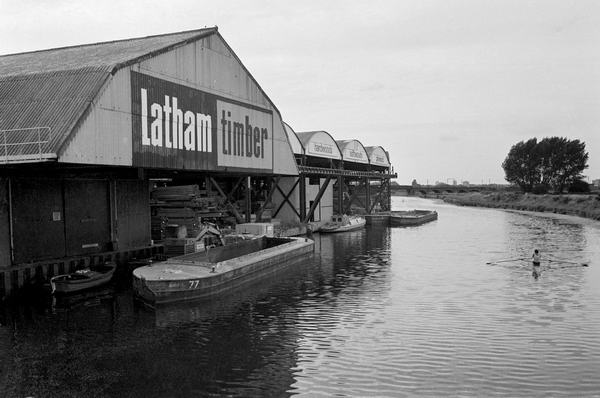
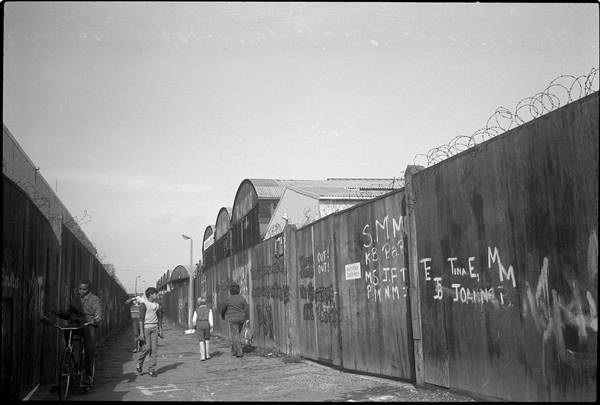
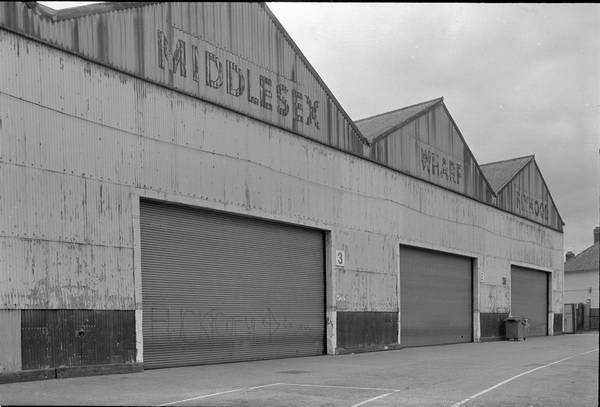
You can see these (cleaned up a bit) and some other pictures from the area in my book ‘Before The Olympics‘ – with a full preview available on Blurb.
I hadn’t done wandering down memory lane for the day. One of the first times I remember coming to London took me along the Lea Bridge Road where Leyton Marsh is, to the shop of Marston & Heard Photographic, then at 378 Lea Bridge Rd. In the mid-70s they purchased large remnant stocks of Ilford Bromide paper after Ilford started producing RC materials and also the entire remaining stock of Agfa Portriga Rapid. Those of us who were around at the time will find the page on Phototec on Maurice Fisher’s Photomemorabilia site of interest, and I had dealings with most of the companies mentioned over the years.
Photography at the time was still expensive and those of us who weren’t bankers, city merchants or company directors (as some leading amateur photographers were) relied on companies like Marston & Heard for cheap paper (they also sold benzotriazole, an anti-foggant that was often needed with it) and for tins of cheap film, which I think was often ends of 35mm movie stock.
I don’t remember how I got there at the time, perhaps by the same bus route as I used to get to Leyton Marsh from central London (though many buses then had much longer routes than they do now) but I do remember that I got off at one end and discovered that Lea Bridge Road was a very long road, though I think I probably only walked along half of its 5 km or so. Coming back loaded down with heavy boxes I took another bus.
Although most of their Agfa stock was the very warm-toned chloro-bromide Portriga Rapid, only available in a limited grade range, they also had smaller amounts of Brovira and Record Rapid. Brovira was a cold black and it’s only good point was that it was supposedly available in a very high contrast Grade 5, though by the time it got remaindered and sold to me I think it had lost a grade or two. But the small amounts of warm black Record Rapid were the beginning of a love affair that was later to take me to Muswell Hill and Goldfinger, and finally to Silverprint, ending when they had to remove the cadmium in the late 80s because of its health and safety issues. I never got on with the reformulated paper and soon switched to Ilford Multigrade FB – until Jon Cone showed the world how to print with inkjets for the new millennium.
His latest Piezography2, coming shortly, may even tempt me to buy a new printer to run it, perhaps the Epson Stylus Photo 1500 (which I think is known in the US as the Epson Artisan 1430) and has the big advantage of a wi-fi interface and could thus sit in my old darkroom as I’ve no room for another printer next to my computer. Cone says that the smaller drop size of these printers enables them to give comparable results to the top of the range Epson PRO 9900 printer while running with fewer shades of gray. With Piezography2 you will be able to print on both matt and glossy media without having to change over cartridges – it will include both matt and gloss blacks.
________________________________________________________
My London Diary : Buildings of London : River Lea/Lee Valley : London’s Industrial Heritage
All photographs on this and my other sites, unless otherwise stated are by Peter Marshall and are available for reproduction or can be bought as prints.
To order prints or reproduce images
________________________________________________________